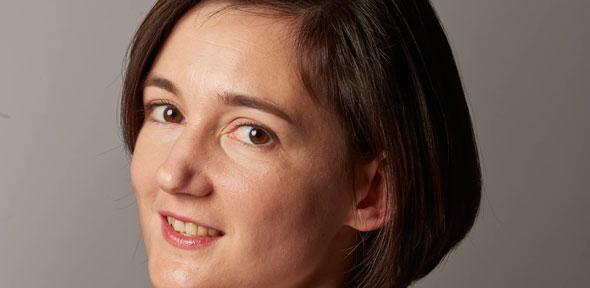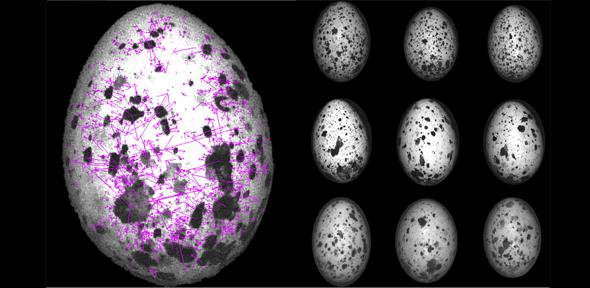
For some birds, recognising their own eggs can be a matter of life or death.
In a new study, scientists have shown that many birds affected by the parasitic Common Cuckoo - which lays its lethal offspring in other birds’ nests - have evolved distinctive patterns on their eggs in order to distinguish them from those laid by a cuckoo cheat.
The study reveals that these signature patterns provide a powerful defense against cuckoo trickery, helping host birds to reject cuckoo eggs before they hatch and destroy the host’s own brood.
To determine how a bird brain might perceive and recognize complex pattern information, Dr Mary Caswell Stoddard at Harvard University and Professor Rebecca Kilner and Dr Christopher Town at the University of Cambridge developed a new computer vision tool, NATUREPATTERNMATCH. The tool extracts and compares recognizable features in visual scenes, recreating processes known to be important for recognition tasks in vertebrates.
“We harnessed the same computer technology used for diverse pattern recognition tasks, like face recognition and image stitching, to determine what visual features on a bird’s eggs might be easily recognised,” explained Stoddard.
Using the tool, the researchers studied the pigmentation patterns on hundreds of eggs laid by eight different bird species (hosts) targeted by the Common Cuckoo.
They discovered that some hosts, like the Brambling, have evolved highly recognisable egg patterns characterised by distinctive blotches and markings. By contrast, other hosts have failed to evolve recognisable egg patterns, instead laying eggs with few identifiable markings. Those hosts with the best egg pattern signatures, the researchers found, are those that have been subjected to the most intense cuckoo mimicry.
The Common Cuckoo and its hosts are locked in different stages of a co-evolutionary arms race. If a particular host species – over evolutionary time – develops the ability to reject foreign cuckoo eggs, the cuckoo improves its ability to lay eggs that closely match the color and patterning of those laid by its host.
“The ability of Common Cuckoos to mimic the appearance of many of their hosts’ eggs has been known for centuries. The astonishing finding here is that hosts can fight back against cuckoo mimicry by evolving highly recognisable patterns on their own eggs, just like a bank might insert watermarks on its currency to deter counterfeiters,” said Stoddard.
“The surprising discovery of this study is that hosts achieve egg recognition in different ways” said Kilner, from Cambridge’s Department of Zoology.
Some host species have evolved egg patterns that are highly repeatable within a single clutch, while other species have evolved eggs with patterns that differ dramatically from female to female in a population. Still other host species produce egg patterns with high visual complexity. Each strategy is effective, increasing the likelihood that a given host will identify and reject a foreign egg. “Some species use two of these strategies, but none uses all three,” continued Kilner. “A signature like this would be too complex to be easily recognised”.
The patterns on bird eggs are just one type of visual signature. Identity signatures are common in the animal world, but how they are encoded and recognised is poorly understood. In the future, computational tools like NATUREPATTERNMATCH - which account for important aspects of visual and cognitive processing - will be crucial for understanding the evolution of visual signals in diverse biological populations.
The findings of this study are reported in the journal Nature Communications.
Inset image: Reed Warbler caring for Cuckoo chick. Credit: David Kjaer
Using new ‘pattern recognition algorithm,’ latest research highlights how birds are ‘fighting back’ against the parasitic Common Cuckoo in what scientists describe as an evolutionary ‘arms race’. They found that birds with the most sophisticated and distinctive egg patterning are those most intensely targeted by the cuckoo’s egg mimicry.
The text in this work is licensed under a Creative Commons Licence. If you use this content on your site please link back to this page. For image rights, please see the credits associated with each individual image.





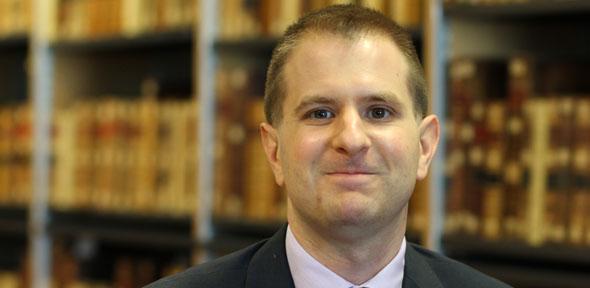

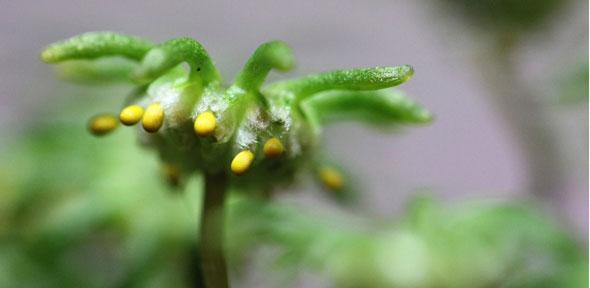


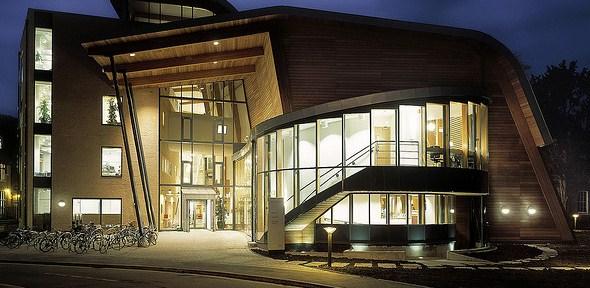





 Last year, the College commissioned specialists from the Cambridge Colleges’ Conservation Consortium to conserve the text, with support from the National Manuscripts Conservation Trust. Over months of painstaking work, it was systematically taken apart, cleaned, repaired and rebound in a style more appropriate to its age.
Last year, the College commissioned specialists from the Cambridge Colleges’ Conservation Consortium to conserve the text, with support from the National Manuscripts Conservation Trust. Over months of painstaking work, it was systematically taken apart, cleaned, repaired and rebound in a style more appropriate to its age.
















